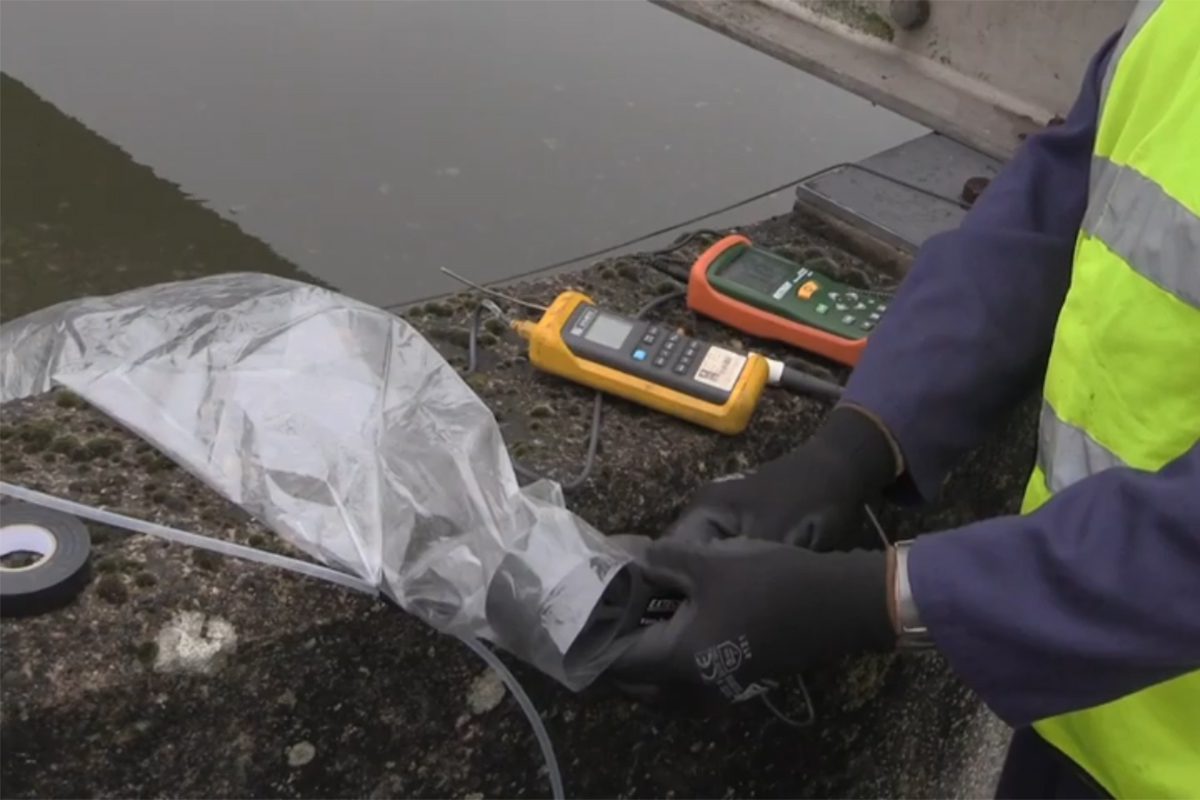
A new revision to the European Standard for olfactometry, EN13725, promises to increase the consistency and rigour underpinning odour measurement, with implications for issues like the enforcement of environmental odour regulations. It is now available in the UK in draft form. This article from odour monitoring expert Silsoe Odours explains what the new revision is all about.
The European Standard for olfactometry, EN13725, was published in 2003. It was developed by a team of odour specialists from across Europe, known as CEN/TC264 Working Group 2 (WG2). Silsoe Odours Director Robert Sneath was instrumental in the process. He acts as the UK expert in the working group – a role he has held since 1996.
In the event that you’re not familiar with EN13725, you will find this explanation helpful:
“This European Standard specifies a method for the objective determination of the odour concentration of a gaseous sample using dynamic olfactometry with human assessors and the emission rate of odours emanating from point sources, area sources with outward flow and area sources without outward flow. The primary application is to provide a common basis for evaluation of odour emissions in the member states of the European Union.” (From BSEN13725:2003 – Air Quality. Determination of odour by dynamic olfactometry).
2019 revision: Public enquiry now open
Together with WG2, Robert has been working towards a revision of the standard since 2012. Owing to their hard work, a draft version of this revision is now available in the UK as part of its public enquiry. The closing date for comments is 20th November 2019.
The new draft is entitled BS EN13725 stationary source emissions – determination of odour concentration by dynamic olfactometry and odour emission rate from stationary sources. It reflects some improvements, particularly around odour sampling. Notably it includes updates such as:
• Health and safety recommendations for all staff involved with the process of dynamic olfactometry. This includes odour assessors and sampling technicians, both in the laboratory and on-site
• More rigorous procedures for sampling and pre-dilution
• A more thorough method to assess measurement uncertainty
• Certain exclusions (for example, field olfactometry and measurement of exposure)
Click here to comment on the draft BS EN13725 standard.
The Purpose of EN13725
In developing EN13725, WG2 had three core goals. Specifically, to develop a unified standard of olfactometry which:
• Improved consistency within each odour laboratory (repeatability)
• Achieved comparable results amongst laboratories (reproducability)
• Connected the results to a traceable reference material, such as n-butanol (accuracy)
In achieving this, EN13725 supports the efforts of national bodies in providing guidance and enforcement of environmental odour regulations. In the UK, the most notable examples are the H4 odour guidance document from the Environment Agency, and the Guidance on the Assessment of Odour for Planning document from the Institute of Air Quality (IAQM). Both outline best practice criteria for effective odour management.
How is Compliance with EN13725 Assessed?
In the UK, the United Kingdom Accreditation Service (UKAS) is responsible for assessing compliance with BSEN13725. In summary, UKAS accreditation is an important measure for demonstrating quality standards and, of course, compliance with the European Standard.
At Silsoe Odours, we hold UKAS accreditation for both our odour laboratory and our on-site odour sampling activities. You can find out more about our accreditations here.
This article originally appeared on the blog of Silsoe Odours, and has been reproduced here with the firm’s permission.







